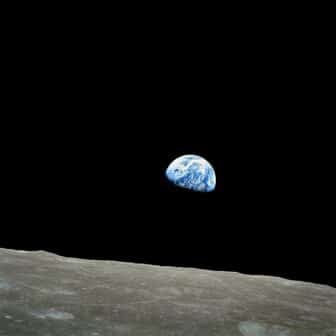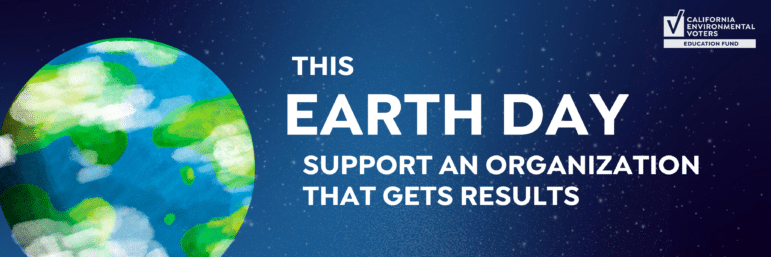Every April, we celebrate Earth Month—a month of environmental activism centered around Earth Day on April 22.
The History of Earth Month and Earth Day
In the 1960s, widespread pollution was coming to a head in America. For two centuries, the Industrial Revolution pumped out toxic pollutants that destroyed our health, our water, and our air with no consequences. In the 1960s, the effects became impossible to ignore for Americans.
One notable climate disaster, the 1969 Santa Barbara oil spill, helped to kick off the escalating public outcry to protect the environment. This oil spill dumped three million gallons of oil into the Pacific Ocean, killing 10 thousand seabirds, dolphins, seals, and sea lions. In total, the oil slick covered 800 square miles of ocean—almost double the size of Los Angeles.
Bipartisan support for environmental protections grew, and in 1970 Senator Gaylord Nelson of Wisconsin and Senator Pete McCloskey of California worked together to co-chair a nonprofit board on environmental activism.
Why is it important?
The first Earth Day was a massively influential event that led to groundbreaking progress on the environment. Due to public pressures from the first Earth Day demonstration, the U.S. Government got to work immediately to create environmental legislation and protections. The Environmental Protection Agency (EPA) was created only three months after the first Earth Day, with the Clean Air and Clean Water Acts soon to follow. Over the next decade, there was an explosion of environmental legislation, including the Endangered Species Act, the Marine Mammal Protection Act, Toxic Substances Control Act, the Resource Conservation and Recovery Act, and legislation that banned leaded gasoline.

Soon after the first Earth Day protest, the original Earth Day organizing team began a political accountability campaign called the “Dirty Dozen” campaign with the aim to defeat the worst environmental candidates in Congressional battleground regions. This campaign held ‘dirty’ politicians—both Republicans and Democrats—accountable for their anti-environmental actions in Congress. This accountability campaign worked to defeat seven of the dozen in elections, paving the way for progressive and bold climate action in the years following. The legacy of this accountability campaign can be seen across the environmental and advocacy space—including EnviroVoters’ own annual Environmental Scorecard, which uses similar techniques to hold legislators accountable for their environmental policies and actions!
The Earth Day legacy is one of political accountability and grassroots activism. In the decades that we’ve celebrated Earth Day, it’s maintained its status as the largest secular day of protest in the world, with more than a billion people celebrating it every year. It’s shifted international environmental policies, sparking a wave of climate policy across the globe, and we’re proud to celebrate Earth Day and Earth Month’s legacy every year.

